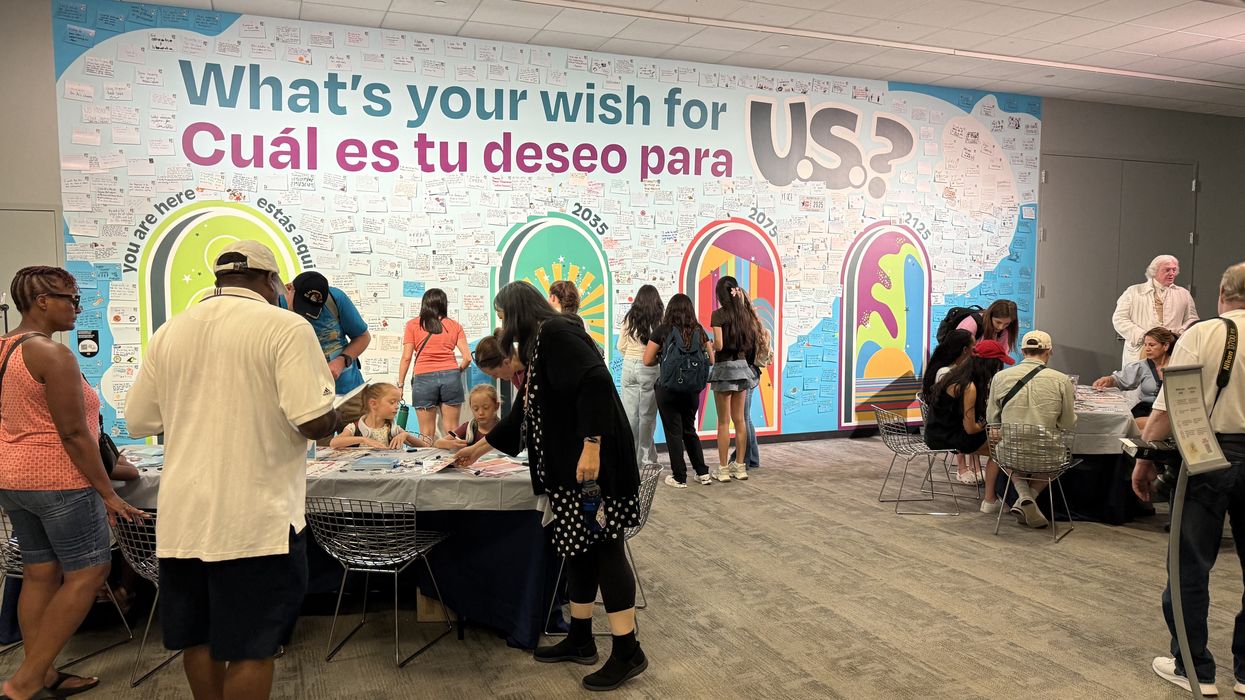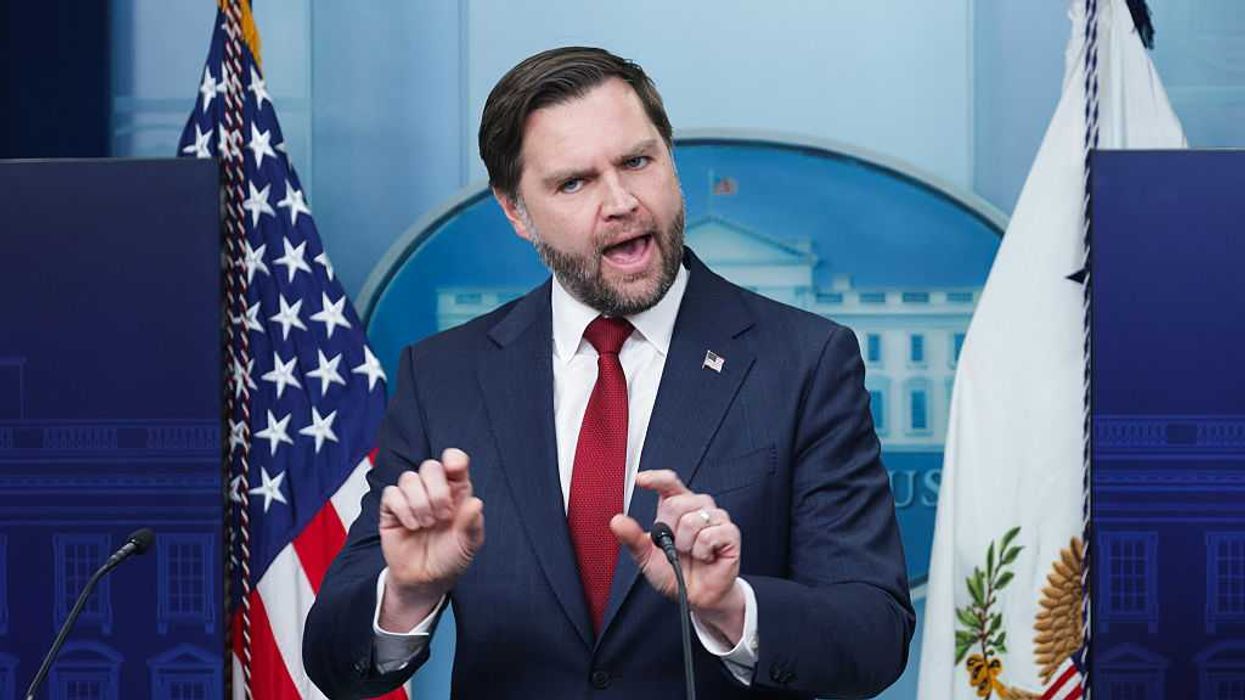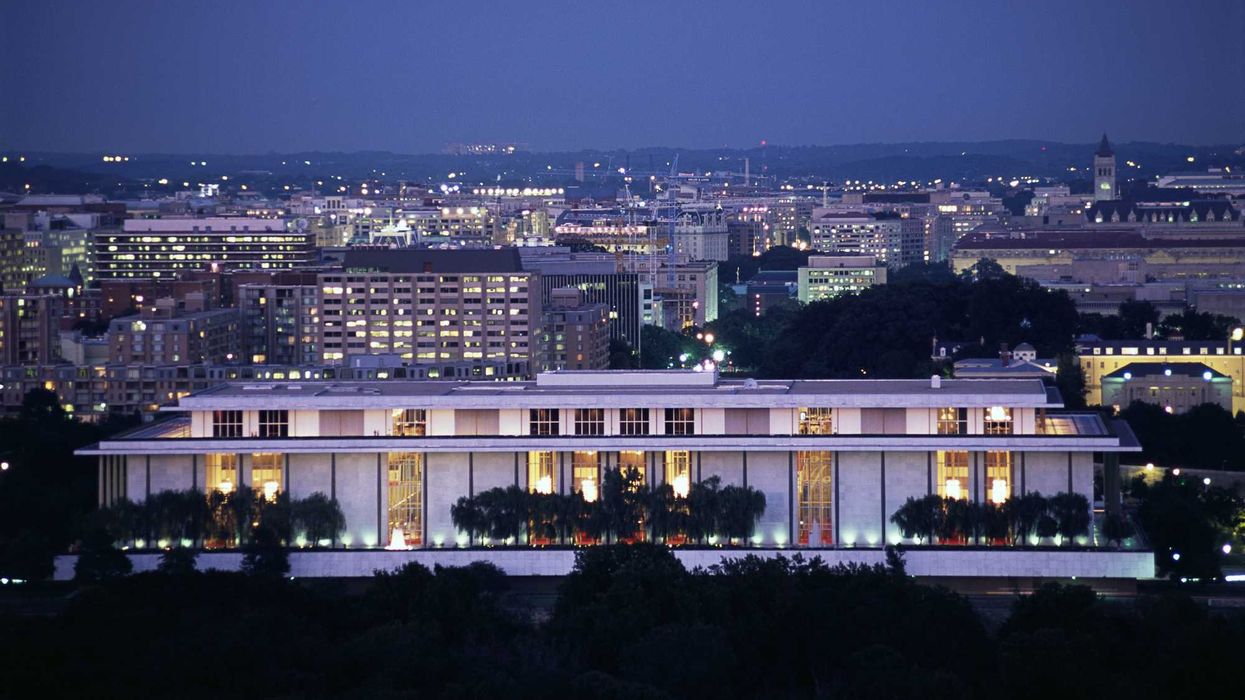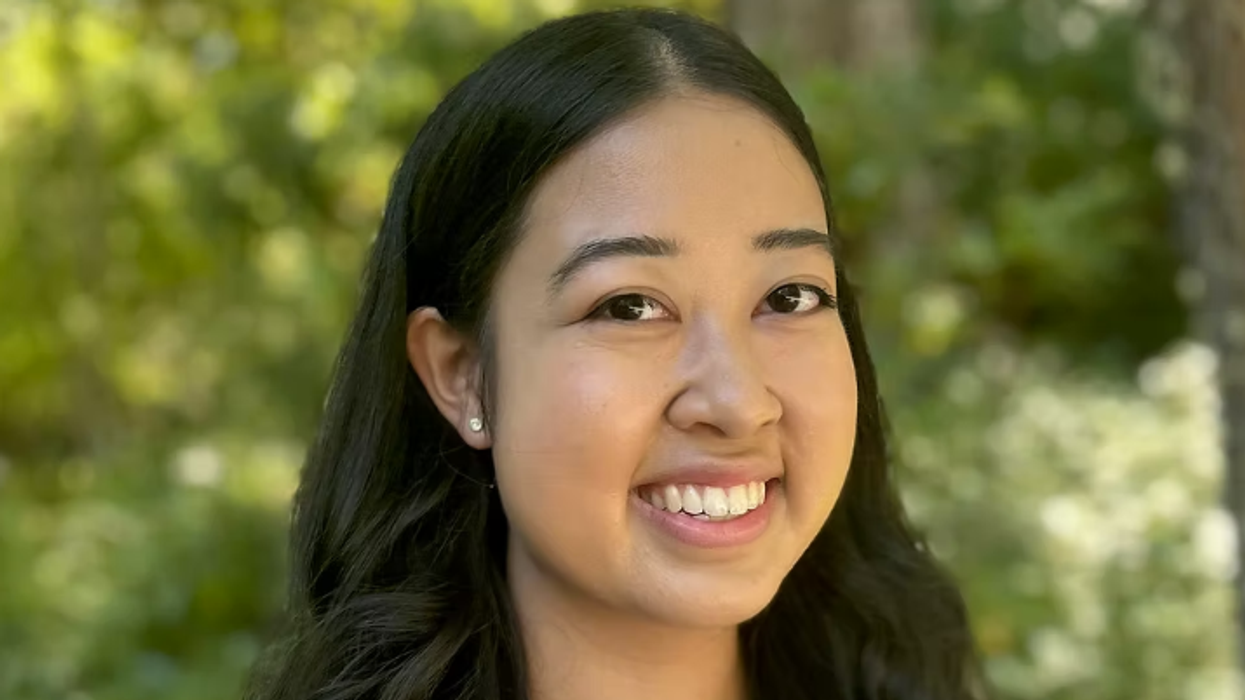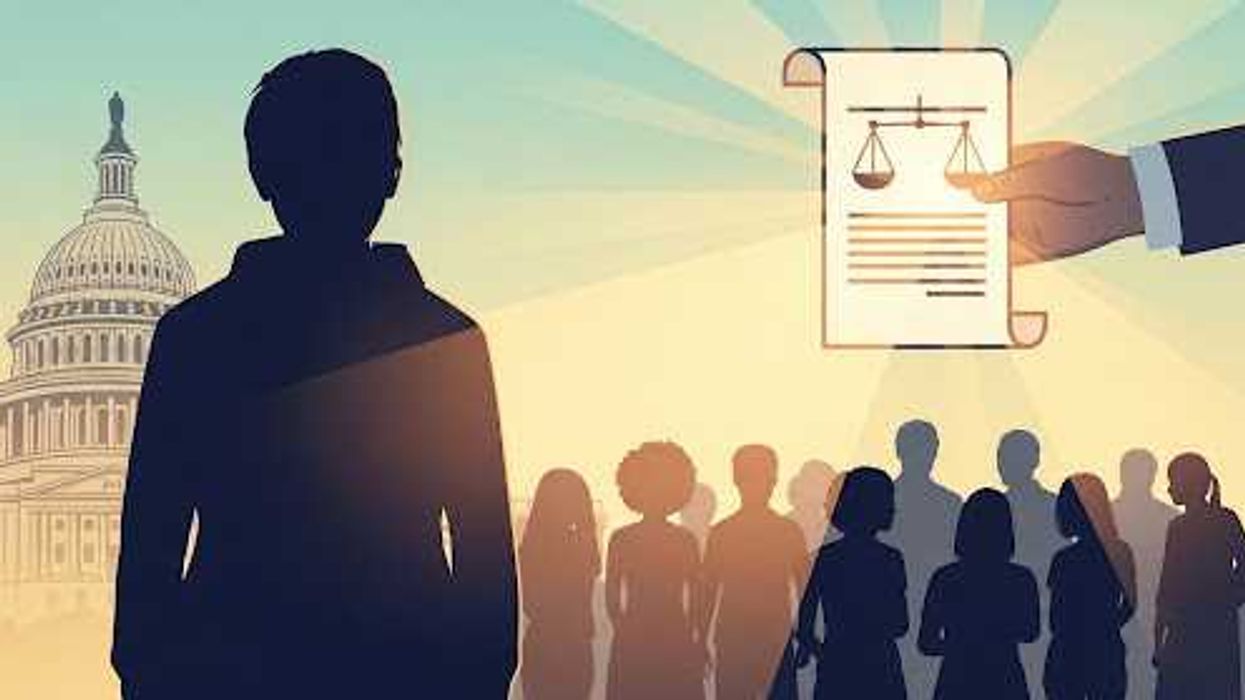At the Smithsonian National Museum of American History, thousands of Americans wrote wishes for a time capsule to be opened at the nation’s 300th anniversary. Here’s what they said.
This Fourth of July, as the United States turns 249 years old on the precipice of a big birthday and big questions about America’s future, the Wish Wall at the National Museum of American History invited more than imagination and daydreaming. For a moment, it pulled people out of the rush of present-day concerns, as they pondered the country’s long-term future—and their own role in it.
Last weekend, in the shadow of the Star-Spangled Banner, thousands of visitors—families with fanny packs, retired teachers from Ohio, Gen Z road-trippers from Nevada, newlyweds, veterans, toddlers, tourists from India—arrived at the museum’s pop-up Civic Pavilion, part of the national effort known as Civic Season. Every summer since 2021, museums across the country host events and gatherings between Juneteenth and the Fourth of July, inviting younger generations to learn about and connect with the nation’s past.
In the Civic Pavilion, a colorful mural, created by Gen Z artist Katie Costa, shows portals to 10, 50, and 100 years in the future, with a simple prompt: “What's your wish for U.S.?”
In three weeks, nearly 10,000 people picked up a marker and made a wish for their country to be archived in a time capsule opened in 50 years. And online, at OnOur250th.org, The New York Historical invited even wider digital participation with the same prompt, should you wish to explore on your own—or add your voice to the collection.
These wishes tell us a lot about the current state of the American people—and our future.
A 12-year-old from Illinois wanted to “stop animal abuse.” A 22-year-old from New York wrote, “Say no to AI.”
Some had specific visions: “Every city should have a nonviolent emergency response team.” “Better support for veterans.” “Term limits for Congress.”
Others made personal, existential wishes: “That my grandchildren will be safe at school.” “That cancer takes no more lives.” “Protect life.”
Dozens called for unity, kindness, respect, and getting along. Others offered a single, aching word: “Peace.”
And funny wishes, especially from children: “Dear 58-year-old me, you should be eating cookies.” “Never be rude.”
The wishes brought to life our national motto: e pluribus unum, out of many, one. The wild diversity of ideas—from people who want stronger borders or more open ones, bigger government or smaller—that's the “many” part. The “one” showed up in our shared desires, repeated on thousands of colorful cards: safety, fairness, dignity, a better life.
There's something sacred and grounding about the moment when there's no camera rolling, no one to judge or grade you, it’s just you, a long timeline, and a blank piece of paper.
 Photo by Caroline Klibanoff
Photo by Caroline Klibanoff
For many, the next thought is a math calculation.
A 23-year-old student paused for a full minute after a volunteer asked him how old he will be when the time capsule is opened. “Seventy-three,” he said slowly, unbelievingly. Visitors stared at the portal to 2075, their minds temporarily transported to an imagined future. Older folks wrote wishes for future generations, realizing they won’t be here to see the outcome. A young dad from Texas guided his daughter, trailing off at the end of the sentence: “You’ll be fifty…six…wow. Huh.”
This is what happens when we ask people to imagine the long arc of time—not as spectators of history but as authors of it. Like it or not, you're in the ring. The time will pass. What will we do with it?
We often talk about “America” as if it's happening to us. Something beyond our control. But this project reminded me—and every visitor who stood in front of that wall—that America isn't only leaders or policy or government. It’s a living story, and the ending is not yet written.
America is us. A nation of people with ideas and the will to act on them. We are the inheritors of one of the most radical experiments in self-government in human history—a wish made reality.
If we want a stronger democracy, a more compassionate country, a livable planet—those things don't start in Washington. They start with us. In museums, classrooms, dinner tables, and church basements. On a 5-by-7 index card, where someone who didn't think they had anything to say realizes they're part of the story, too.
No one can say exactly what America will look like when that time capsule opens in 2075. But the wishes give us a clue. “This is the old heartening, energizing promise the past makes to us,” wrote Robert Penn Warren in 1974, two years before America’s Bicentennial. “We, too, in our own flicker of time, can earn a place in the story. How? By creating the future.”
Those of us here in our flicker of time, one year to go until the country’s 250th birthday, stand in the doorway of America’s next chapter, armed with a freedom to imagine and build that feels quintessentially American. My bet is on another 250 years. Not because we agree on everything, but because we believe tomorrow can be better than today—and we know it's up to us to make it so.
Caroline Klibanoff is Executive Director of Made By Us, the organization behind Civic Season; an Eisenhower USA Fellow and a Senior Fellow at New America.





